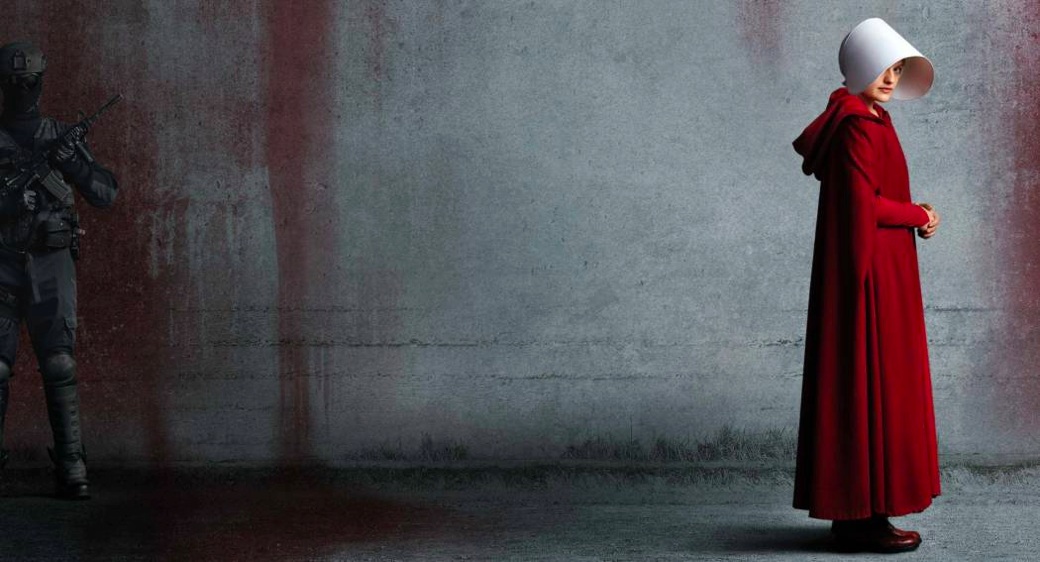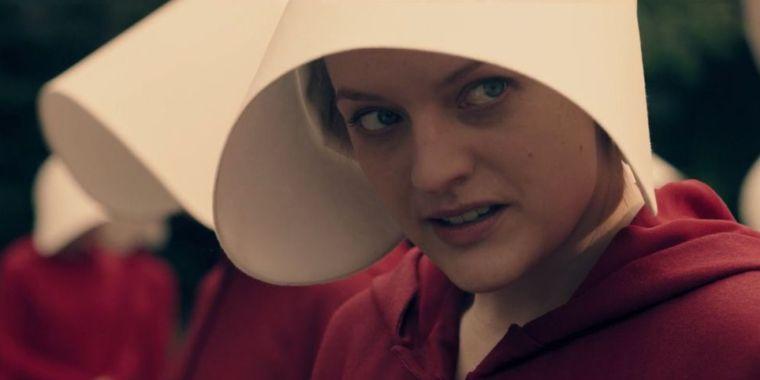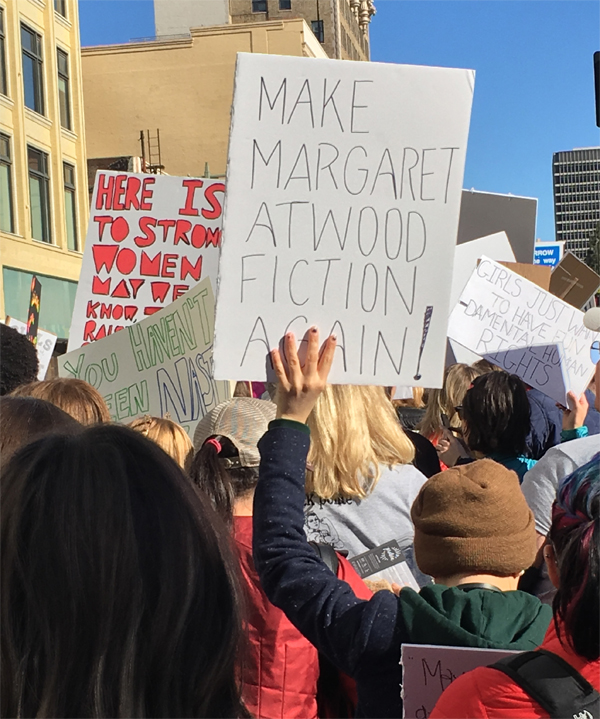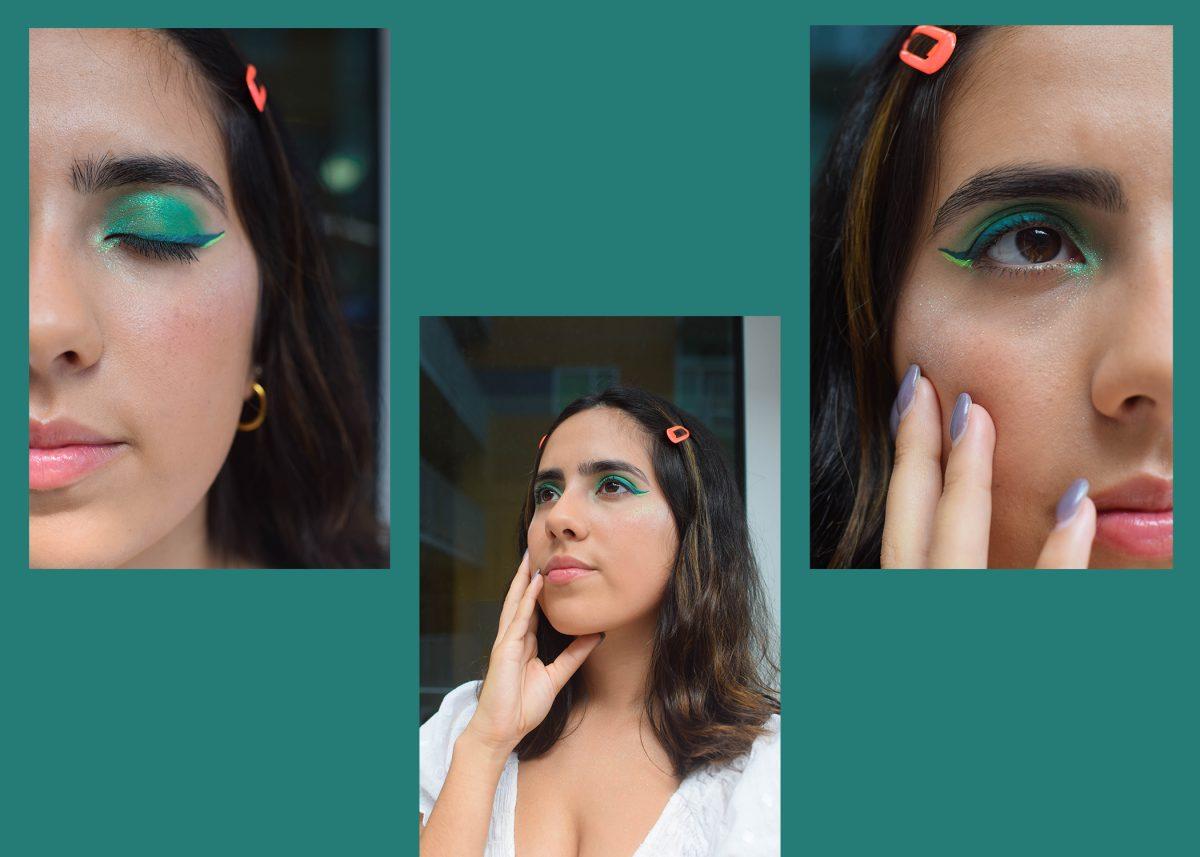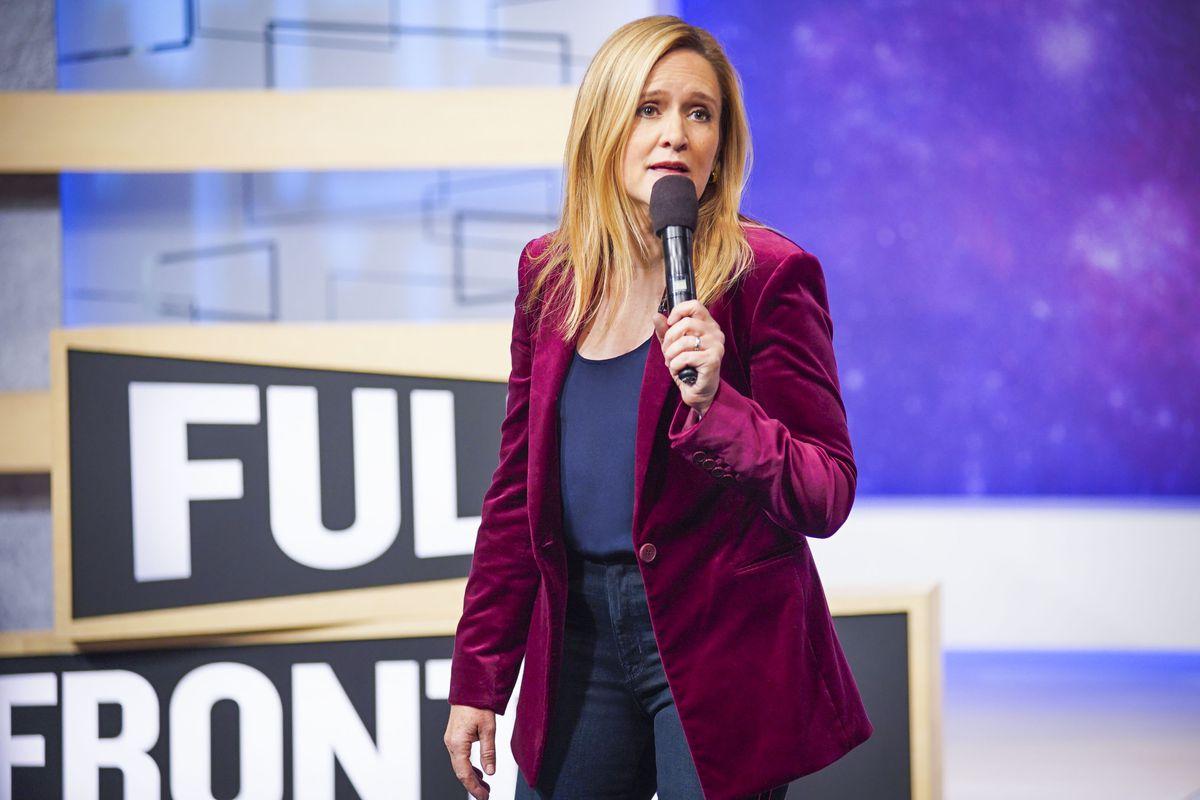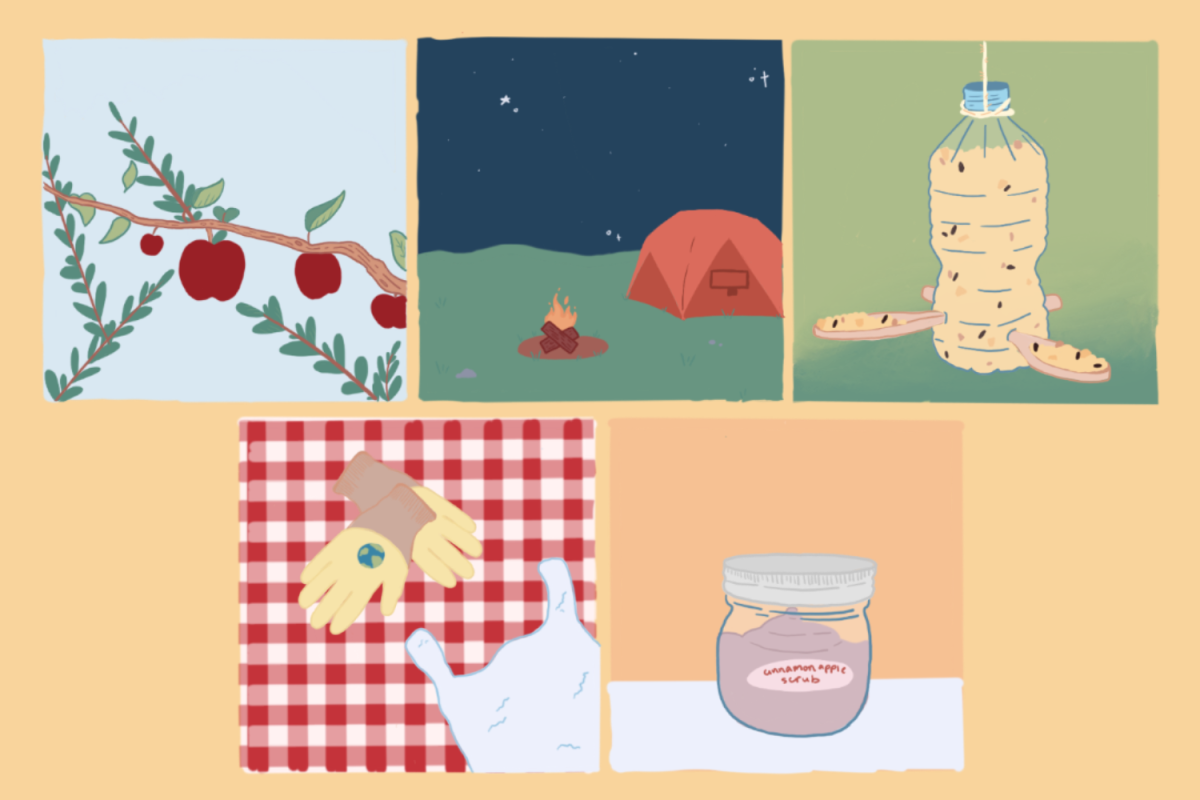Photo courtesy of Brenna Klein, Blumhouse.com
Hulu’s critically-acclaimed television series “The Handmaid’s Tale” may have more political and persuasive arguments than you think.
Story by Taylor Newman
Just a few weeks ago, the original series “The Handmaid’s Tale” left the Emmys with eight wins, including Outstanding Lead Actress in a Drama Series for Elisabeth Moss and Outstanding Drama Series. It was lauded as one of the most impactful shows of the year by several celebrities on the red carpet and, to some, seems oddly relevant to our current political climate.
The show is based on the highly successful 1985 novel by Margaret Atwood under the same name and it is a work of what the author herself calls “speculative fiction.” This means Atwood used historical precedent when writing her novel, which led a lot of viewers to draw parallels from the show to our reality. ORANGE Magazine interviewed two professors at the University of Texas at Austin to give an academic approach to the show and highlight the issues discussed in it.
Photo courtesy of Annalee Newitz, Artechnica.com via Hulu
For starters, what is a dystopia? Gretchen Murphy, an English professor who teaches a course titled, “Utopia and Dystopia in American Literature,” says that dystopias have specific criteria. As a general rule, they have to be set in a future society that is “considerably worse” than our own. This is what makes a dystopia separate from a utopia, which is a future society that is reasonably better than our own.
A dystopia must also be based on things that have already happened, similar to Atwood’s speculative fiction, where the events in the show or book are made more real because they are based on things that are happening in society either now or in the recent past. Finally, and most critically, dystopias have to have a “rhetorical, persuasive purpose.” Usually, this means that the author is trying to make their readers fear this version of the future by getting them to think, “Yeah, I would never want to live there. How do we stop that from happening?”
So, what societal trends are portrayed in the show? Murphy explains why people have noticed political parallels by stating that Atwood was recognizing that state governments were passing laws to limit female reproductive choice and then writing a futuristic book to make her readers fearful of those decisions.
Although the book was written in 1985, over 30 years ago, the issues with Planned Parenthood and women’s rights to their own bodies have been in question for much of that time. Government at all levels has placed restrictions on abortion, and, more recently, has made vocal its intention to shut the service down. The themes of lack of consent and of choices in society are central to “The Handmaid’s Tale,” and viewers of the show empathize with the women in the show even if our reality differs from theirs.
Photo courtesy of Wonkette.com
Professor Curran Nault of the radio-television-film department says that the show “validates what women are already experiencing and I think you can sort of relate to [it], even though it is this sort of fictional, science fiction, future story. I think that there’s actually a way to empathize and relate to it in a way that those realities are denied in other texts or denied elsewhere.”
Although she recognizes this argument, Murphy urges viewers to also recognize the emotional argument used here. She argues that a lot of dystopias rely on “fear rhetoric,” or using fear as an emotional argument to get people to think a certain way.
Both the show itself and its viewers use fear rhetoric, Murphy says, when making an argument about the future. “If we defund Planned Parenthood, we are taking one step down the road to Gilead, to Atwood’s future,” Murphy says. “That’s the way that that fear rhetoric works.” Atwood wants you to be afraid of your reproductive rights being infringed upon, certainly, but Murphy says that it may be risky to compare the show to our current political climate so directly.
As Nault puts it, dystopias are like viewing “a distorted lens of our current reality,” which means that Atwood wrote this story as a sort of cautionary tale. While it may be easy to see the show as an allegory to current events, the wise viewer will recognize that they are being told only one version of the future, and not necessarily the most plausible one.
Are we headed towards Gilead these days or are we off to another dystopian version of reality? Only time will tell.































